The United States has officially ended its long-standing global tariff exemption for low-value imports, a move that is expected to affect millions of daily shipments and alter purchasing habits for both consumers and businesses.
As of Friday, goods valued at $800 (£592) or less will no longer automatically qualify for duty-free entry. Instead, these shipments will face additional customs checks and tariff obligations, a change that could increase costs, slow delivery times, and reduce the range of products available to US consumers.
End of the “De Minimis” Rule
The exemption, known as the de minimis rule, was first introduced in 1938 to avoid the administrative burden of collecting small amounts of duties on low-value imports. Over the decades, its threshold increased, and in recent years it became a cornerstone of global e-commerce, helping fuel the rise of fast-shipping, low-cost online platforms.
US Customs reported that in 2024, nearly 1.4 billion packages worth more than $64 billion entered the country without duties under the de minimis provision. This accounted for over 90% of all imports arriving into the US.
While originally associated with large-scale e-commerce firms such as Shein and Temu, businesses of all sizes—both domestic and international—came to rely on the exemption. Small and niche retailers, in particular, used it as a cost-effective way to reach US customers directly without maintaining expensive warehouse operations.
Business Impact
The end of the exemption presents new financial and logistical challenges. Some major brands are already projecting significant hits. Tapestry, the parent company of US fashion brand Coach, told analysts this month that it expects a $160 million impact on profits, with about a third of that linked directly to the rule’s elimination.
Smaller companies are bracing for even tougher challenges. Katherine Theobalds, founder of Buenos Aires-based artisanal shoe brand Zou Xou, said the policy change could drastically alter her ability to serve American customers. “It still might be the end for my business—that remains to be seen,” she explained, noting that the exemption allowed her to ship individual pairs of shoes affordably from Argentina.
Trade experts warn that compliance requirements could slow down supply chains. Sellers must now provide detailed documentation on the origin of all materials in a product, a task that could prove burdensome for smaller exporters and lengthen delivery times for consumers.
Shipping Disruptions
The change has also caused disruptions among international postal operators. Several major carriers across the UK, Europe, and Asia-Pacific have temporarily paused deliveries to the US, citing uncertainty about implementation and a lack of preparation time.
Some firms, including healthcare suppliers, have frozen shipments altogether until clearer guidelines emerge. In the interim, sellers may have to rely on more expensive express couriers, which could push costs higher for both businesses and consumers.
British company Wool Warehouse, which exports wool and craft supplies, said it has temporarily stopped US orders and expects to raise prices by as much as 50% once it resumes. Managing Director Andrew Smith noted that the company plans to add tariff information to its website to give buyers more transparency before purchase decisions.
Higher Prices and Limited Choices
With the exemption gone, tariffs will now depend on the country of origin. Current rates range from as little as 10% for countries like the UK and Australia to as much as 50% for goods from Brazil and India. Businesses that lack documentation may alternatively pay fixed duties of $80 to $200 per package for the next six months, under a transitional option designed to give postal services time to adapt.
For consumers, the change could mean fewer options online, especially for niche or specialty goods. Portland-based vinyl record collector Christopher Lundell recently experienced this firsthand when a UK seller canceled his order for a rare $5 record, citing the new restrictions.
Retail experts suggest US-based stores could benefit in the short term, as overseas products become more expensive. Deborah Elms of the Hinrich Foundation noted, “If it’s too costly to buy from abroad, many consumers will simply shop at Walmart or Target instead.”
Longer-Term Outlook
Some larger companies may adapt more quickly. For example, Chinese e-commerce platforms such as Shein and Temu have already invested in US-based distribution centers, allowing them to continue serving American customers while offsetting some tariff costs. Logistics specialists say China is “months ahead” of other exporters in preparing for the documentation requirements.
However, smaller businesses face a much steeper challenge. “It used to be: set up a site, list products, and start shipping,” said logistics consultant Tam Nguyen of GOL Solution. “Now, that low-cost entry point is gone.”
Industry analysts predict that in the coming months, consumers may face reduced product variety, longer wait times, and higher prices until businesses restructure their supply chains to accommodate the new tariff environment. While some companies are confident that demand will remain strong, others worry that customers may abandon higher-priced or overly complicated purchases.
The decision underscores a significant shift in US trade policy and could reshape how global e-commerce interacts with American consumers. Businesses are still adjusting, but the ripple effects are likely to be felt across retail sectors—from mass-market brands to small-scale artisans—in the months ahead.
#SupplyChainNews #TradePolicy #ConsumerUpdate #EcommerceTrends #GlobalTrade

















